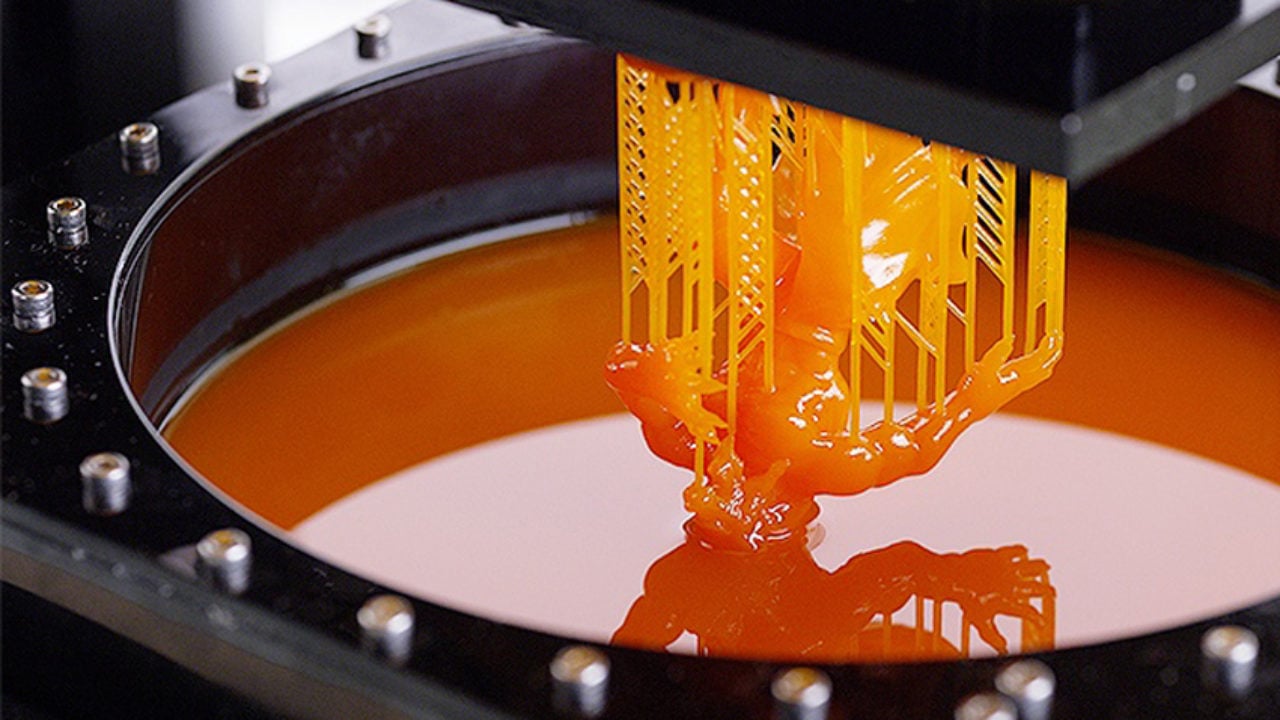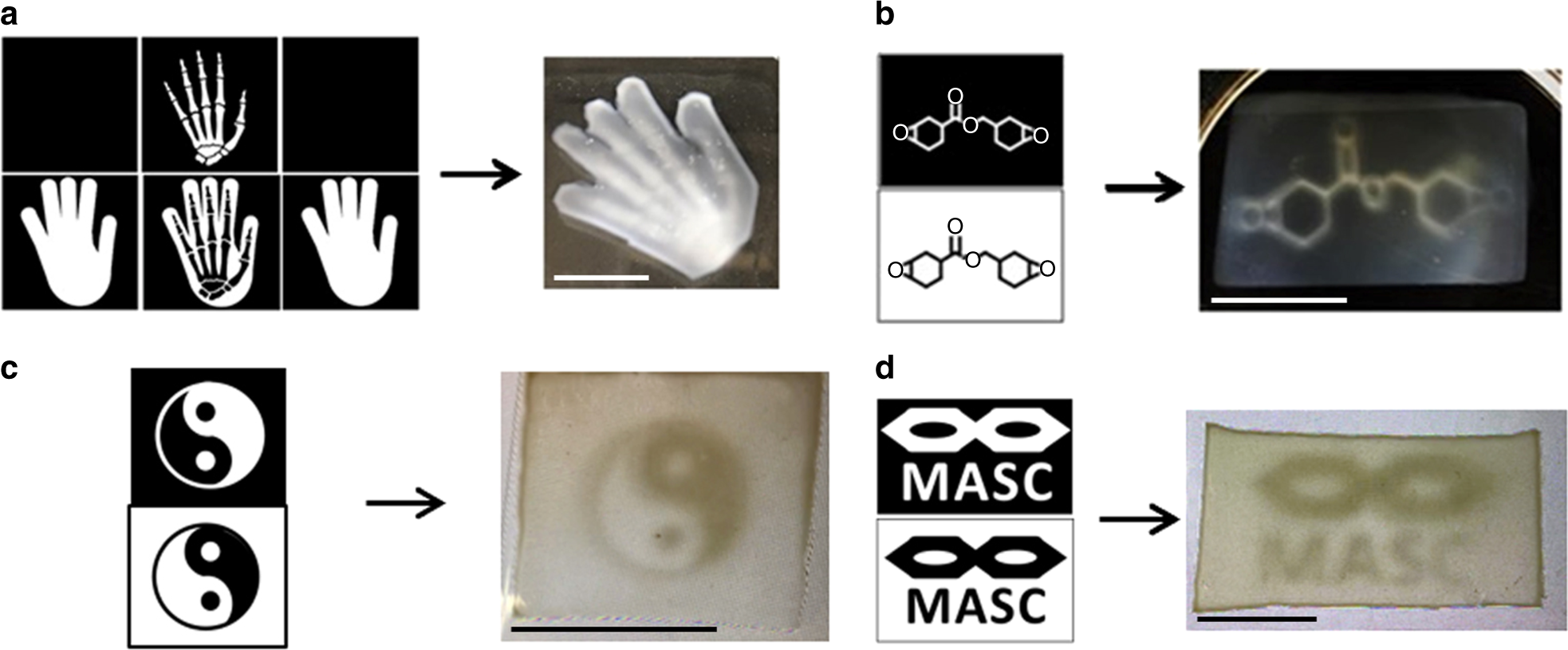

- HOW TO USE CREATION WORKSHOP DLP PRINTER PLUS
- HOW TO USE CREATION WORKSHOP DLP PRINTER SERIES
- HOW TO USE CREATION WORKSHOP DLP PRINTER FREE
The build plate will dip directly into this resin tank in order to build the desired 3D object. The resins in these 3D printers are stored in a tank present in the printing unit.

In this case instead of melting plastic filament in the filament 3D printer’s own heated nozzle, both DLP SLA 3D printer use different kinds of liquid resins that are directly cured by light. This technology is markedly different from the more common and almost generic filament based FDM 3D printing.
HOW TO USE CREATION WORKSHOP DLP PRINTER PLUS
Wanhao Duplicator 7 Reviewįirst of all, if you were to read any number of reviews Wanhao you will see that both the Duplicator 7 3D printers and the Duplicator Plus are essentially DLP 3D printing machines. As a matter of fact, the only real competition it has in its price range comes from the Anycubic Photon 3D printer and other top units like the Anycubic filament based 3D printing units with Z axis. However, the Wanhao Duplicator 3D printer is still one of the most affordable DLP 3D printers currently available on the market today. This is why there are now so other manufacturers who have jumped on this resin 3D printer bandwagon. The main difference is that the Duplicator 7 is designed for hardcore hobbyists while the Wanhao Duplicator 7 Plus printing unit has been designed to cater to jewelers and the like.Ĭompared to most of the standard run of the mill filament loading large FDM 3D printers, most of the resin-driven DLP machines are more than capable of printing even very small objects while replicating even the most intricate details from the print files.

The latter is more expensive and offers a few add-ons, but it is essentially the same Wanhao Duplicator3D printing machine under the hood. The Duplicator 7 and its Wanhao Duplicator 7 Plus version. From that day, up till now, this machine has now sold many hundreds if not thousands of units all over the world.Īs of now, there are two different Wanhao Duplicator 7 machines.
HOW TO USE CREATION WORKSHOP DLP PRINTER SERIES
Before filling the mould with silver or other metals, it is heated up so the wax is melting and can be released by a small hole.Ever since it was released back in early 2017, the Wanhao Duplicator 7 (also known colloquially as Wanhao D7) series of printers has caused quite a bit of a stir in the DLP 3D printer markets of the world, so we’ve gone ahead and done this Wanhao Duplicator 7 review for you.īack when the Duplicator 7 was released, being able to purchase a fully functional state of the art working DLP printer for a bargain basement price going under $500 was actually quite sensational. This wax object can be used as a template to create a casting mould around it. *For the lost-wax casting technique you firstly print the 3D object as a wax model. See you next week to a new episode of our Feature Friday and have a nice weekend! We will be glad to answer all your questions.
HOW TO USE CREATION WORKSHOP DLP PRINTER FREE
You want more information about the printing method and you missed our open evening this Wednesday, feel free to come by or text us. DLP combined with the lost-wax casting technique* allows you to create metal 3D parts without investing in an expensive metal 3D printer.Īt DimensionAlley we use the DLP Printer Voyager from Sharebot especially for high-resolution and complex 3D objects.Less waste and lower running costs due to the shallow vat of resin that is required to facilitate the process.Shorter print times than point-by-point technologies, also independent of layer complexity and number of parts per build plate.hearing aids, implants and dental restorations Moulds for tooling and metal casting for e.g.Subsequently the build plate is either pulled out of or down into the tank, which creates space for the uncured resin to form the next layer of the object. The images of the 3D objects’ layers are displayed onto the resin where it hardens.

In the case of DLP a vat of liquid polymer is exposed to the light from a safelight (light bulb). Larry Hornbeck of Texas Instruments (Source: ). The process is based on photopolymerisation, a technique that solidifies photo-sensitive resins by the means of a UV light. Since we had such a great time with our DLP printer and our little DLP warrior at our open evening on Wednesday we want to continue last week’s blog post about “ Metal 3D Printing” by taking a closer look at the DLP technology.ĭLP stands for Digital Light Processing and it is an additive manufacturing method that was invented in 1987 by Dr.


 0 kommentar(er)
0 kommentar(er)
